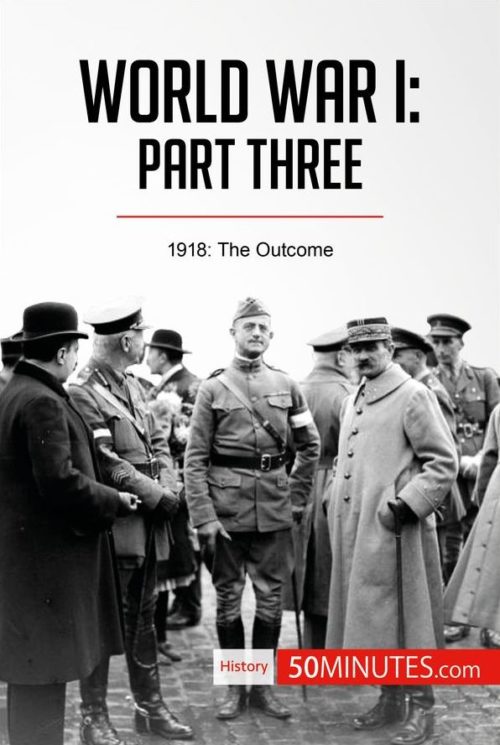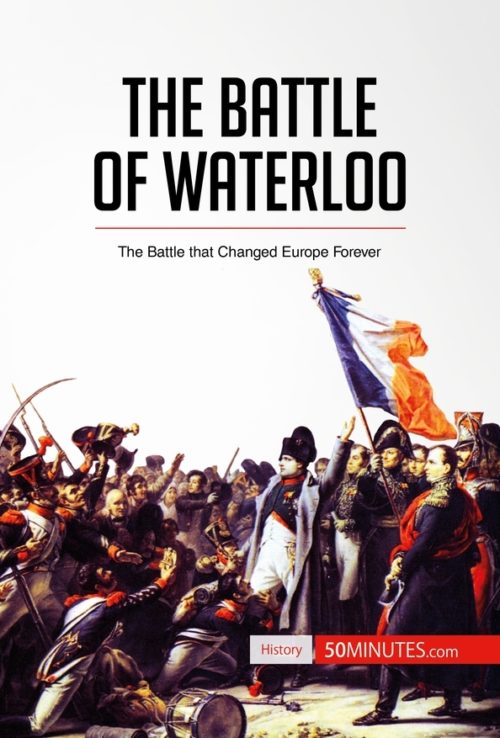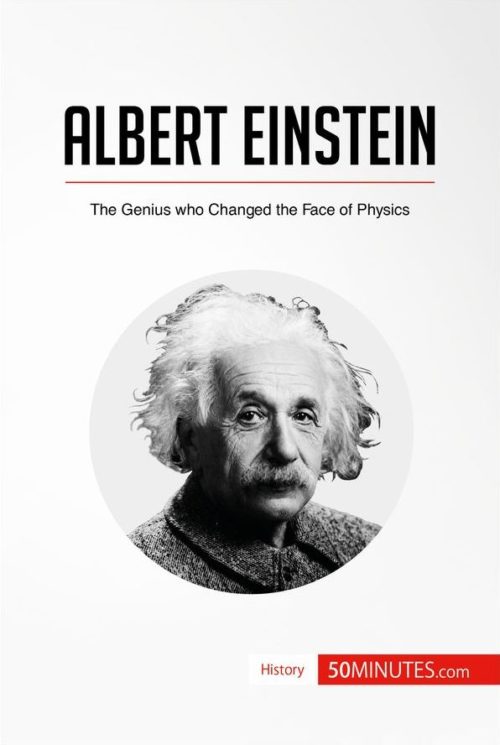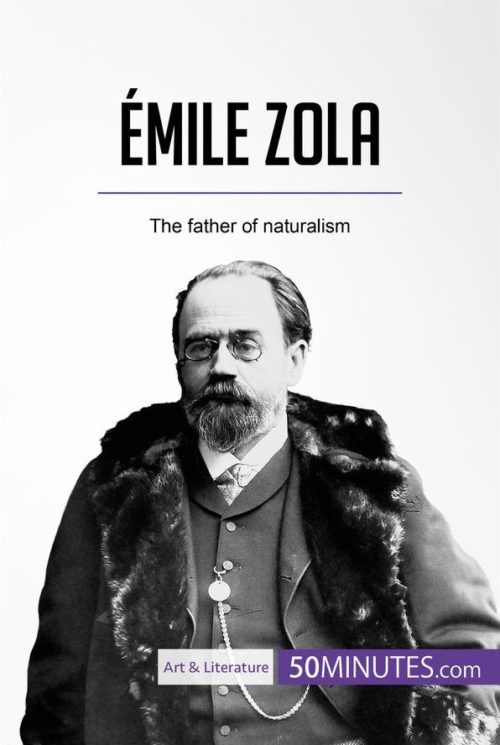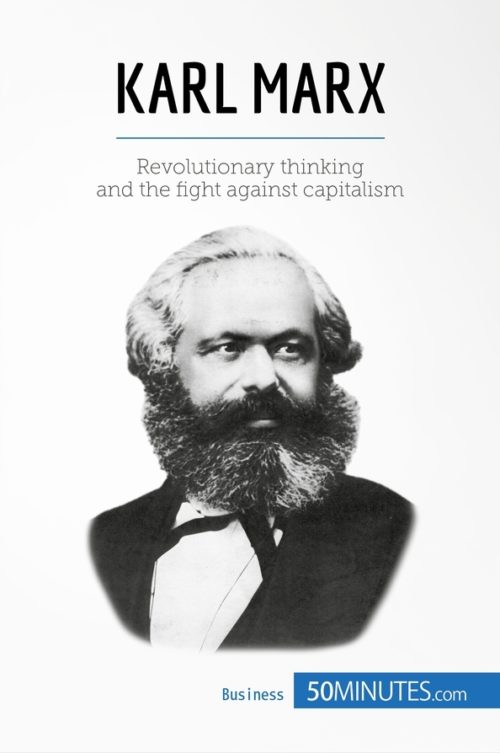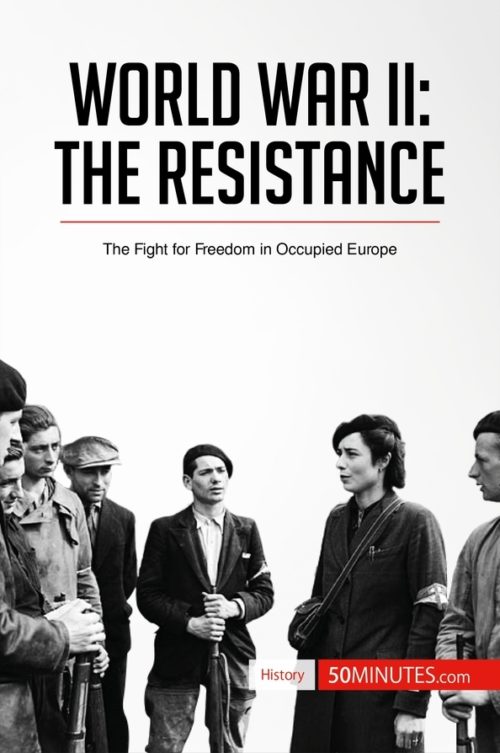World War I: Part Two
World War I: Part Two
1915-1917: Stalemate
$4.99
978280628983445EBookPlurilingua PublishingIn the winter of 1915, Europe was in a stalemate. There was a general sense of surprise that World War I was still raging - everyone had expected the fighting to be over quickly. However, the war had expanded and taken on a scale beyond all expectations, having already caused around a million casualties. As time went on, there was greater mobilization at home, more technological innovation on the battlefield and an increasing number of Allied countries taking part. In just 50 minutes, you will find out how what happened in the years in the middle of the war and understand their decisive effect on the outcome of the conflict.
This straightforward and informative book provides a thorough discussion of the key moments in the middle years of the war, including the stalemate that was reached, Russia's peace treaty with Germany (the Treaty of Brest-Litovsk) and the United States' entry into the war. It also features a full summary of the situation between 1915 and 1917, the search for a breakthrough and the turning point of 1917, giving you all the essential information about this crucial time of the First World War.
About World War I
World War I was one of the largest wars in history, not to mention one of the most deadly as a result of recent technological advances. Poison gas was used as a weapon for the very first time and proved to be as deadly to civilians as it was to soldiers, since it was often blown away from the battlefield towards inhabited areas. Over nine million combattants and seven million civilians were killed over the course of the fighting, which lasted in total for four years, three months and two weeks. In addition, the war indirectly caused the outbreak of World War II. War memorials have since been erected in thousands of towns and villages.
This clear and accessible 70-page book is structured as follows:
Introduction to the stalemate of World War I
The search for a breakthrough
The expansion of the conflict
Military escalation
Mobilization at home
Technological innovation to the rescue of the war
Subversive politics: dissidence and national minorities
1917: the turning point
The United States’ entry into the war
The strategic failure of the Triple Entente
Russia leaves the war
Summary
In the winter of 1915, Europe was in a stalemate. There was a general sense of surprise that World War I was still raging - everyone had expected the fighting to be over quickly. However, the war had expanded and taken on a scale beyond all expectations, having already caused around a million casualties. As time went on, there was greater mobilization at home, more technological innovation on the battlefield and an increasing number of Allied countries taking part. In just 50 minutes, you will find out how what happened in the years in the middle of the war and understand their decisive effect on the outcome of the conflict.
This straightforward and informative book provides a thorough discussion of the key moments in the middle years of the war, including the stalemate that was reached, Russia's peace treaty with Germany (the Treaty of Brest-Litovsk) and the United States' entry into the war. It also features a full summary of the situation between 1915 and 1917, the search for a breakthrough and the turning point of 1917, giving you all the essential information about this crucial time of the First World War.
About World War I
World War I was one of the largest wars in history, not to mention one of the most deadly as a result of recent technological advances. Poison gas was used as a weapon for the very first time and proved to be as deadly to civilians as it was to soldiers, since it was often blown away from the battlefield towards inhabited areas. Over nine million combattants and seven million civilians were killed over the course of the fighting, which lasted in total for four years, three months and two weeks. In addition, the war indirectly caused the outbreak of World War II. War memorials have since been erected in thousands of towns and villages.
This clear and accessible 70-page book is structured as follows:
Introduction to the stalemate of World War I
The search for a breakthrough
The expansion of the conflict
Military escalation
Mobilization at home
Technological innovation to the rescue of the war
Subversive politics: dissidence and national minorities
1917: the turning point
The United States’ entry into the war
The strategic failure of the Triple Entente
Russia leaves the war
Summary
application/pdf1 20th century, Austria-Hungary, Battle of Verdun, Central Powers, Eastern front, Entente Cordiale, First World War, France, Germany, Great Britain, military strategy, Russia, Second Battle of the Aisne, stalemate, submarine warfare, technological innovation, trench warfare, Triple Entente, U- Boats, USA, war, war of attrition, Western Front
DOWNLOAD THIS BOOK
In the winter of 1915, Europe was in a stalemate. There was a general sense of surprise that World War I was still raging - everyone had expected the fighting to be over quickly. However, the war had expanded and taken on a scale beyond all expectations, having already caused around a million casualties. As time went on, there was...
Read more
In the winter of 1915, Europe was in a stalemate. There was a general sense of surprise that World War I was still raging – everyone had expected the fighting to be over quickly. However, the war had expanded and taken on a scale beyond all expectations, having already caused around a million casualties. As time went on, there was greater mobilization at home, more technological innovation on the battlefield and an increasing number of Allied countries taking part. In just 50 minutes, you will find out how what happened in the years in the middle of the war and understand their decisive effect on the outcome of the conflict.
This straightforward and informative book provides a thorough discussion of the key moments in the middle years of the war, including the stalemate that was reached, Russia’s peace treaty with Germany (the Treaty of Brest-Litovsk) and the United States’ entry into the war. It also features a full summary of the situation between 1915 and 1917, the search for a breakthrough and the turning point of 1917, giving you all the essential information about this crucial time of the First World War.
About World War I
World War I was one of the largest wars in history, not to mention one of the most deadly as a result of recent technological advances. Poison gas was used as a weapon for the very first time and proved to be as deadly to civilians as it was to soldiers, since it was often blown away from the battlefield towards inhabited areas. Over nine million combattants and seven million civilians were killed over the course of the fighting, which lasted in total for four years, three months and two weeks. In addition, the war indirectly caused the outbreak of World War II. War memorials have since been erected in thousands of towns and villages.
This clear and accessible 70-page book is structured as follows:
- Introduction to the stalemate of World War I
- The search for a breakthrough
- The expansion of the conflict
- Military escalation
- Mobilization at home
- Technological innovation to the rescue of the war
- Subversive politics: dissidence and national minorities
- 1917: the turning point
- The United States’ entry into the war
- The strategic failure of the Triple Entente
- Russia leaves the war
- Summary

